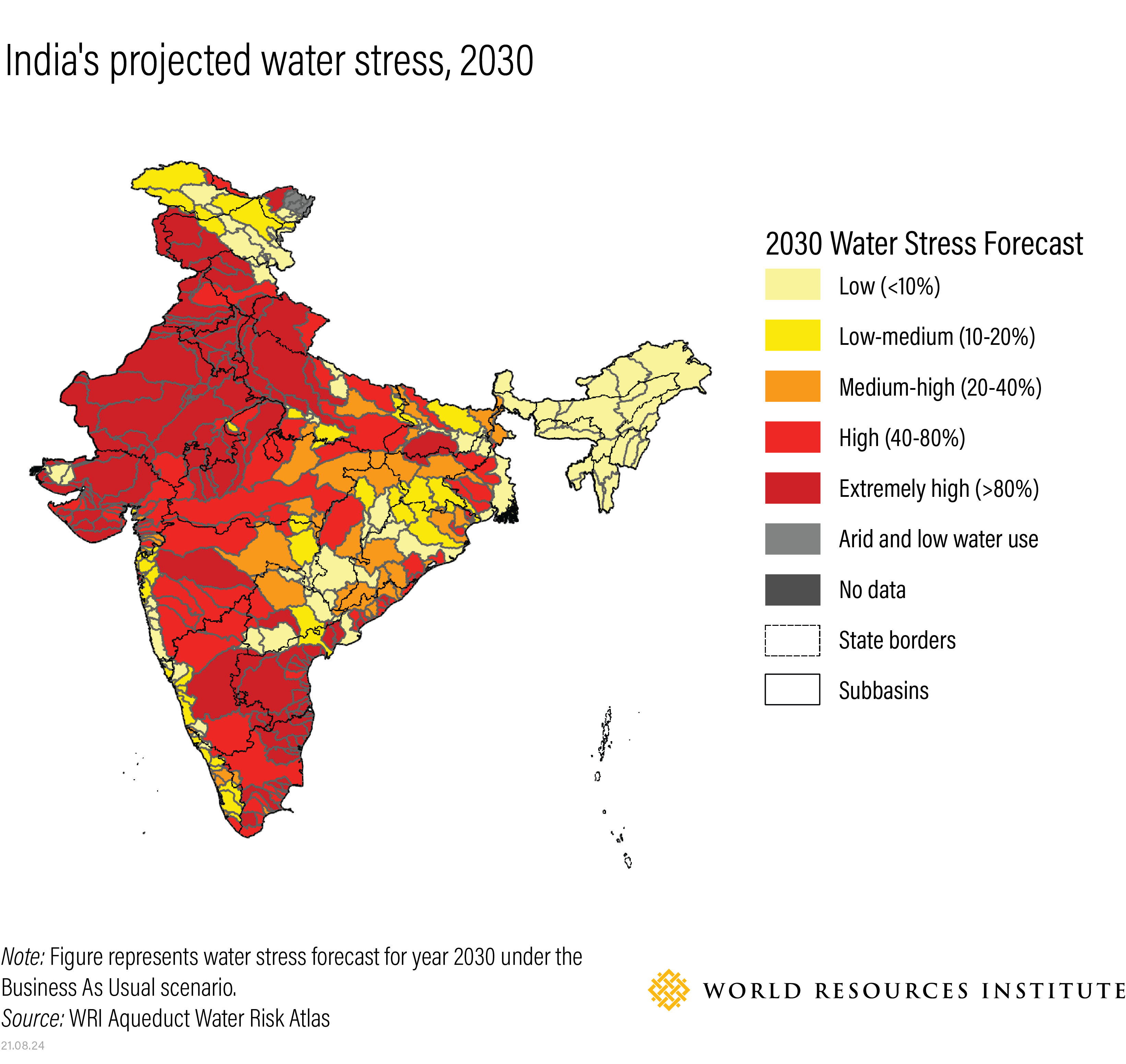In the vibrant tapestry of India's economic landscape, the empowerment and inclusion of women in the workforce remain critical yet elusive goals. Despite significant progress in various sectors, the nation continues to grapple with persistently low labor force participation rates among women. This phenomenon not only reflects a loss of economic potential but also underscores broader social and gender disparities that hinder India's journey towards inclusive growth and development.
At the heart of this issue lies a complex interplay of socio-cultural norms, economic factors, and structural barriers that deter women from entering or remaining in the workforce. Deep-rooted patriarchal traditions, prevailing gender stereotypes, and societal expectations often conspire to restrict women's mobility, autonomy, and access to employment opportunities. From a young age, many girls are steered towards domestic roles and caregiving responsibilities, relegating their aspirations for education and career advancement.
Furthermore, India's labor market dynamics present formidable challenges for women seeking employment. Limited access to quality education, vocational training, and skill development programs constrains their ability to compete in an increasingly competitive job market. Moreover, the lack of affordable childcare facilities and support systems exacerbates the burden of unpaid care work, forcing many women to choose between family obligations and economic independence.
Economic factors also play a significant role in shaping women's labor force participation. Persistent wage gaps, precarious employment conditions, and a dearth of opportunities for career progression often render formal employment less attractive or feasible for women, particularly those from marginalized communities. In sectors such as agriculture and informal labor, women are disproportionately represented in low-paying and insecure jobs, further perpetuating economic vulnerability and social marginalization.
Addressing the challenge of low labor force participation rates among Indian women requires a multifaceted approach that addresses the underlying structural constraints while promoting gender equality and women's empowerment. Here are some key areas that warrant attention:
Education and Skills Development: Investing in girls' education and vocational training programs is crucial for equipping women with the knowledge and skills needed to thrive in diverse industries and sectors. Initiatives aimed at promoting STEM education and entrepreneurship among girls can help bridge gender gaps in emerging fields and foster innovation and economic growth.
Enabling Work Environment: Creating a supportive and inclusive work environment is essential for attracting and retaining women in the workforce. This includes measures such as flexible working arrangements, parental leave policies, and workplace harassment prevention mechanisms that accommodate the diverse needs of women employees and promote work-life balance.
Access to Finance and Entrepreneurship: Facilitating access to credit, financial services, and entrepreneurial support can empower women to pursue self-employment and entrepreneurship ventures. Providing targeted funding and capacity-building initiatives for women-owned enterprises can unlock new opportunities for economic empowerment and community development.
Social Norms and Awareness: Challenging harmful gender stereotypes and promoting positive role models are essential for transforming societal attitudes towards women's participation in the workforce. Education and awareness campaigns that highlight the economic benefits of gender equality and showcase success stories of women achievers can help shift cultural norms and perceptions over time.
Policy Reforms and Implementation: Enacting and enforcing gender-sensitive labor laws, anti-discrimination policies, and affirmative action measures are vital for creating an enabling policy environment that promotes gender equality and protects women's rights in the workplace. Strengthening institutional mechanisms for monitoring and enforcing compliance with gender equality laws is crucial for ensuring accountability and transparency.
In conclusion, India's journey towards achieving inclusive and sustainable development hinges on its ability to harness the full potential of its female workforce. By dismantling barriers to women's participation in the labor force and fostering an environment of equal opportunity and empowerment, India can unlock new sources of innovation, productivity, and prosperity for the benefit of all its citizens. Only through concerted efforts and collective action can we realize the vision of a more equitable and inclusive society where every woman has the opportunity to thrive and contribute to India's growth story.
















0 Comments